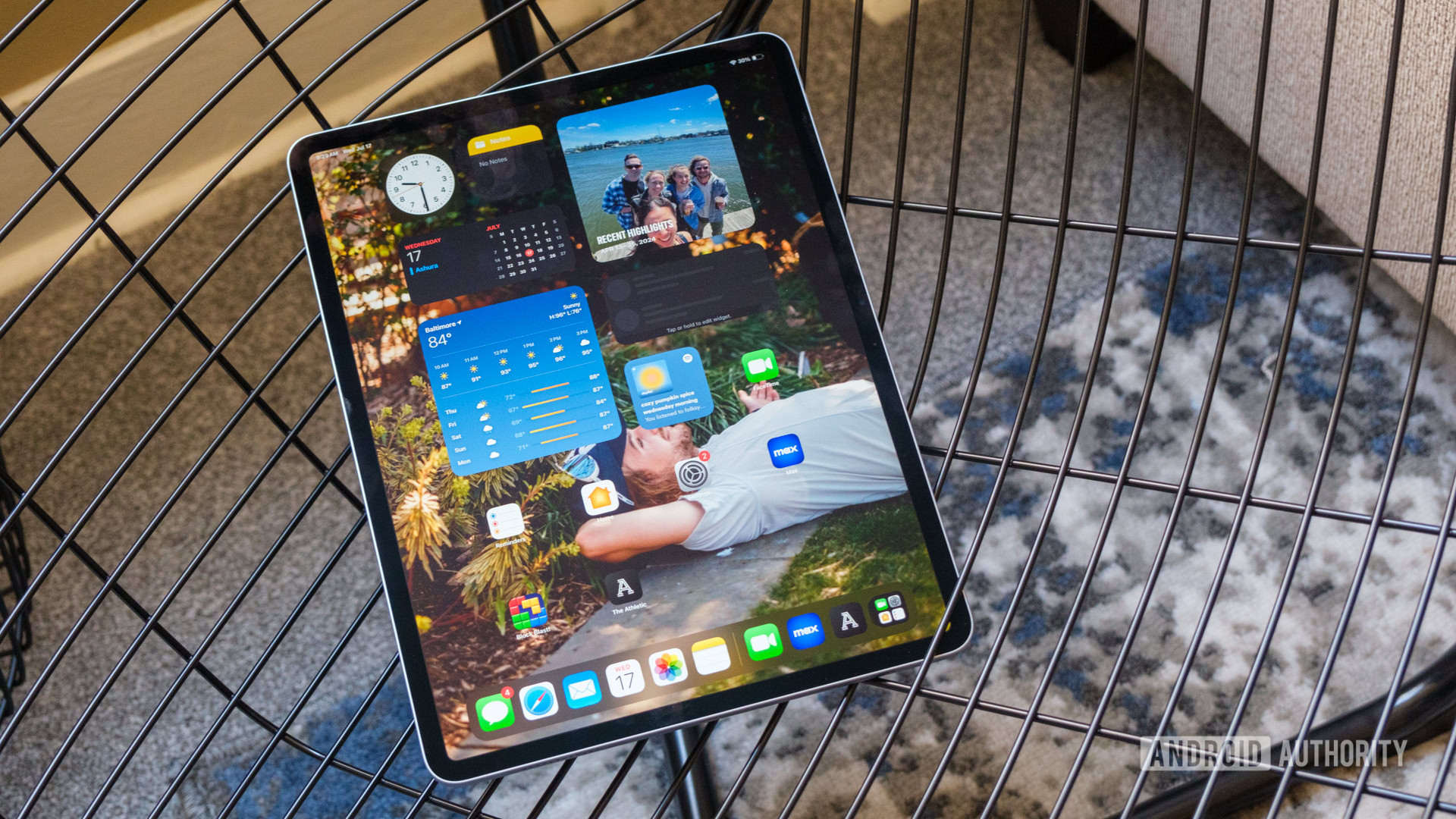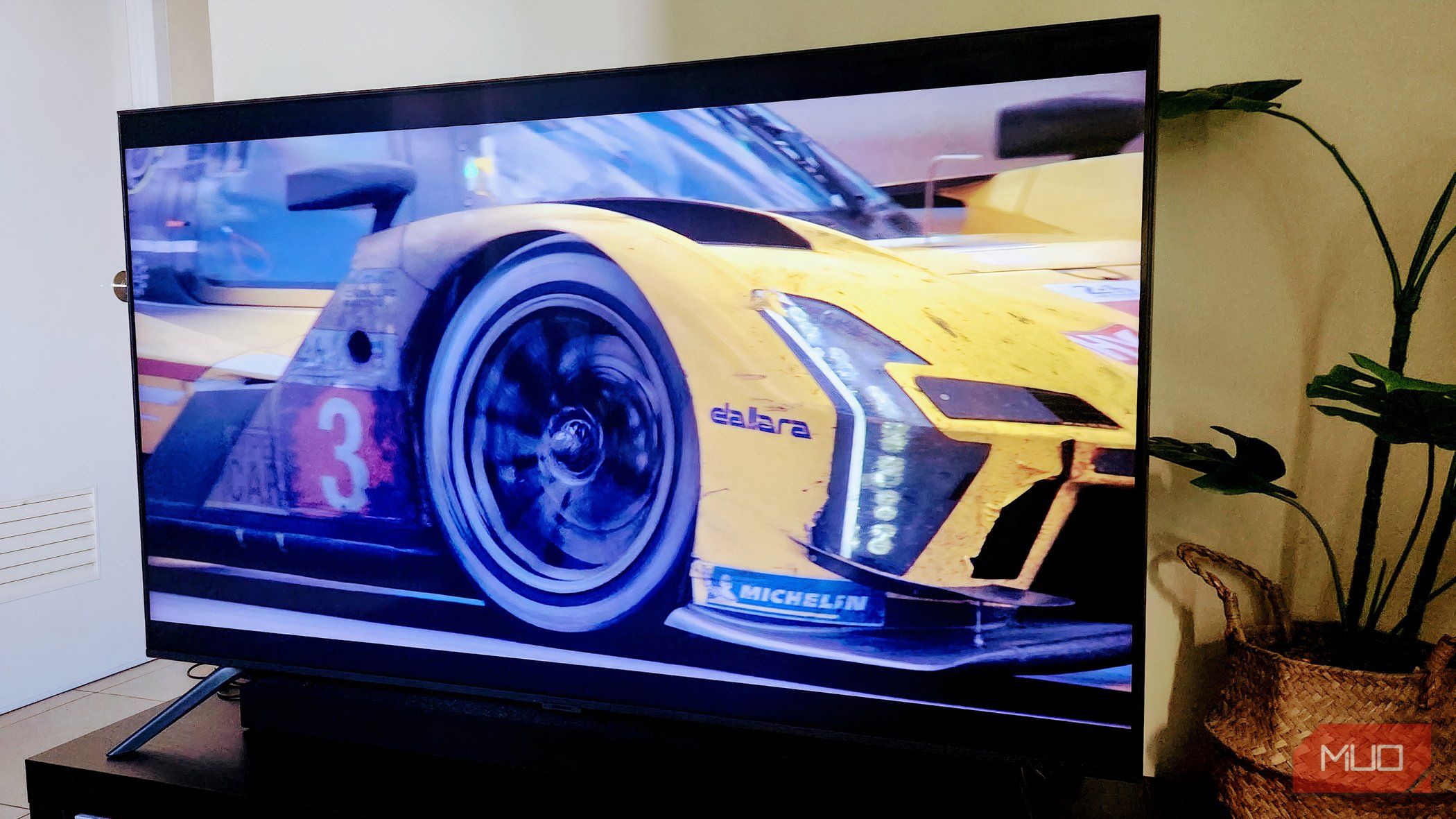Ryan Haines / Android Authority
I like the OnePlus Pad 3 — in fact, it might be my favorite Android tablet right now. It’s big and powerful, yet light enough and slim enough for life on the go. There’s just one problem: It costs $700. The series didn’t always cost that much, but it does now, and there’s no good way around that. There’s also no good way to recommend another OnePlus tablet to someone who can’t afford the Pad 3, because OnePlus has a habit of retiring its older slates as soon as a new one comes out.
So, it’s time for something to change. It’s time for OnePlus to take its iPad inspiration to another level and try its hand at a multi-tablet, Apple-like lineup, and here’s why.
One size fits… some?

Ryan Haines / Android Authority
Before I get to why I think OnePlus needs to copy Apple — because that’s not usually my favorite thing to recommend — let’s take a quick look at how we got here. At first, OnePlus’s single-tablet strategy worked perfectly. The original Pad struck a pretty good balance of power and price, blending a Dimensity 9000 chipset with 67W wired charging for a decidedly mid-range $459. That’s about what the Galaxy Tab S10 FE costs, and I liked that tablet quite a lot.
Then, OnePlus stepped it up a level for the Pad 2. It jumped from MediaTek to Qualcomm with a more powerful Snapdragon 8 Gen 3 chip and expanded its display from 11.61 to 12.1 inches with an additional pair of side-firing speakers. Everything else remained the same — except for the price tag. After just one year, OnePlus bumped the price of the Pad 2 by about $100, bringing it to $549 right as it pulled the recently discounted Pad from shelves.
OnePlus makes its Pad better every year… but it’s trading value for power.
Now, it’s done the same thing. Another generation, another set of upgrades, another steep price hike. Only this time, the price hike is even steeper and harder to swallow. Yes, once again, the Pad 3 is bigger, has more speakers, and has a more powerful chipset than before — all things I liked about it and would love to see on more Android tablets. It charges faster than before and will get more software updates than its predecessors, too.
However, at $699, the OnePlus Pad 3’s audience is entirely different from that of the original tablet. It’s no longer a tablet to take notes on during class or take on a plane to stream a few episodes of The Last of Us — it’s a laptop replacement that you have to think carefully about before buying. There’s also nothing else you can say to OnePlus fans on a budget, because once again, the older model is going away just in time for the new one to hit shelves.
There’s an iPad for everyone

Ryan Haines / Android Authority
With that baseline established, let’s look at the king of tablets: Apple. You know it, I know it — nobody makes tablets as efficiently or for as many people as Apple. Whether you have $349 or $999, there’s an iPad in your price range. Whether you want something the size of an unfolded Pixel 9 Pro Fold or a MacBook Air that’s been cut in half, there’s an iPad for you. And, across all of them, you get the same clean design, long-term software commitment, and similar accessories.
In my experience, that makes iPads so easy to recommend. You can pick one up for your grandma or younger cousin, and although it might differ from your own, you’ll know exactly how to get around. Whether they run into an issue with iPadOS or want a cute new case, by already having an iPad, you’ll be in a better position to help them.
And, when your current iPad reaches the end of its life, you can pick up the latest model for the same price as your last one. In fact, it’s actually cheaper to buy the newest 11th-generation iPad right now than it was to buy the first one back in 2010. Yes, it bumped up a bit when the 10th-generation model landed at $449, but Apple quickly — and wisely — dropped back to $349 for its more recent update, making the base iPad inarguably one of the best value tablets on the market.
So, what should OnePlus do?

Ryan Haines / Android Authority
Sitting here and telling OnePlus to copy Apple is easy. I’m not a company, nor do I have to worry about OnePlus’s finances, so of course, I think more tablets are better. But, in a practical sense, I think the best way for OnePlus to copy Apple is by copying itself. Confusing enough? Hear me out.
Right now, the OnePlus 13 series includes three models (not all available in the US, though). There’s the flagship OnePlus 13, the mid-range OnePlus 13R equipped like a 2024 flagship, and the pocket-friendly OnePlus 13T, which I remain deeply upset is not launching in the US. Each one has its own identity, features, and target audience, and they don’t step on each other’s toes.
Phones aren’t one-size-fits-all, and tablets shouldn’t be either.
If OnePlus applied the same strategy to its tablets, it could follow that three-tiered setup almost perfectly. It could keep the OnePlus Pad 3, the flagship centerpiece — the tablet for someone who wants the best of everything. Then, there would be the OnePlus Pad 3R, effectively a OnePlus Pad 2 on the spec sheet, with an updated design to move the camera into the top right corner.
Rounding out the trio would be the OnePlus Pad 3T — yes, the small one. Just like the OnePlus 13T, it would compress everything into a smaller chassis while keeping the same top-tier chipset as the flagship. This would probably be the hardest addition for OnePlus to make, as it would be the biggest deviation from its existing Pads, but as a small phone guy, it might also become my favorite.
I know it’s probably just a pipe dream for now, but I have to consider this a win-win. It would get more OnePlus Pads in more hands and give Android fans an alternative to Samsung’s tall, thin Galaxy Tab design, no matter how good it may be for streaming.










